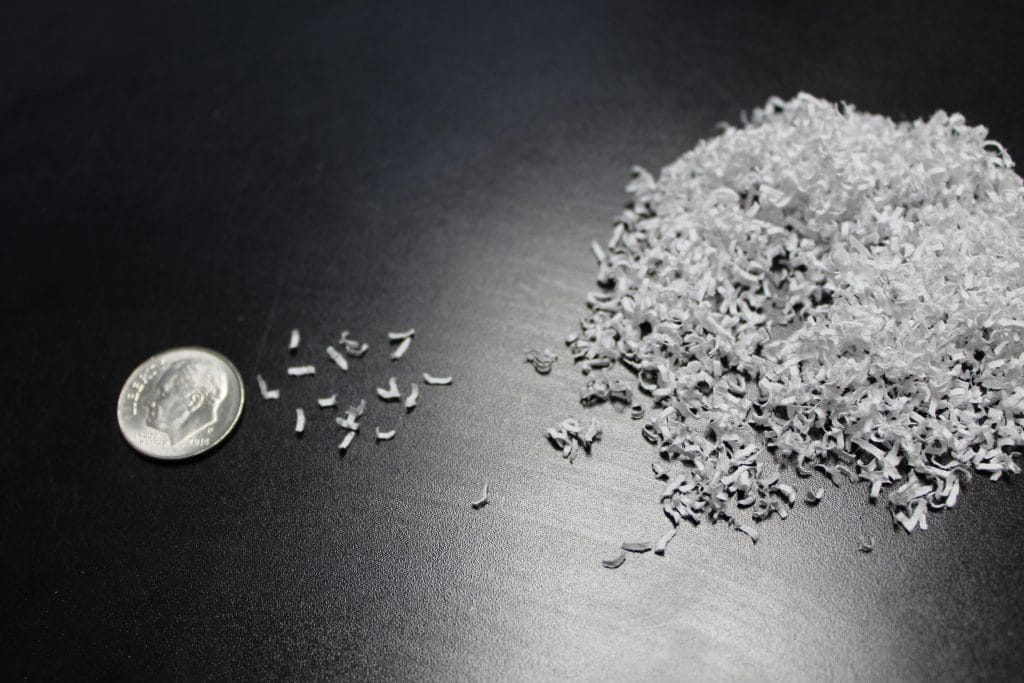by Elizabeth Dinan
Follow the history of Westborough’s Security Engineered Machinery (SEM) and you also follow the recent history of America – beginning with the Pueblo incident and continuing post-Sept. 11. With each historic milestone along the way, SEM has also marked history by how it disposed of classified materials.
But back to the USS Pueblo, which was on an intelligence gathering mission when it was attacked by North Koreans on Jan. 23, 1968. Before 82 U.S. military men were captured and led off to 11 months of imprisonment, many of them frantically tried to burn, shred, smash, and dump the large volume of classified materials on board.
Soon thereafter, Leonard Rosen read a Navy request for an industrial shredder that would work in a ship environment and went on to design a paper disintegrator to fit the bill. He then formed a company, SEM, around it.
“The paper disintegrator became standard on every fleet,” said Mr. Rosen, Chairman of the Board at SEM. “With 700 ships in the Navy, it kept us going.”
Less than a decade later, the U.S. government passed the Clean Air Act, including a ban on the burning of currency and bank notes because of toxic inks. In response, SEM became the standard for currency and banknote disposal.
That same year, 1976, the government banned the burning of stamps because of inks and adhesives, and SEM took on the job of destroying obsolete postage.
“Whenever there’s a stamp increase,” Rosen said, “it’s good business for us.”
When the U.S. Embassy in Tehran was taken over in 1979, Americans there didn’t have time to destroy most of the classified materials, and the U.S. government followed up by purchasing SEM document destroyers for all of its embassies. When the Tylenol scare followed in 1982, SEM went on to sell lots of equipment for the destruction of countless bottles of the pain reliever.
The Tylenol scare led to more SEM machine sales to drug manufacturers looking to get rid of expired products without the risk of someone pulling it from their Dumpsters and reselling at flea markets or to Third World countries.
“FDA laws are lacking in Third World countries, and we’re talking cases and cases (of pharmaceuticals),” Rosen said. “So we destroy it down to ‘no recognizable particle’ so it can’t be used.”
And when he says ‘no recognizable particle,’ Rosen means his company’s machines break down documents, drugs and a host of other materials to 1/32-inch pieces, or no larger than the size of a single typewritten character. Compare that minute size to companies looking to dispose of 20,000 to 30,000 pounds a day and an ordinary shredder just won’t do. SEM’s shredders, on the other hand, use rotary-knife mill technology that continuously cuts until original objects are “virtually unrecognizable.”
“You’re not going to buy your first paper shredder from me,” Rosen said. “But you’ll probably buy your third and fourth from me.”


